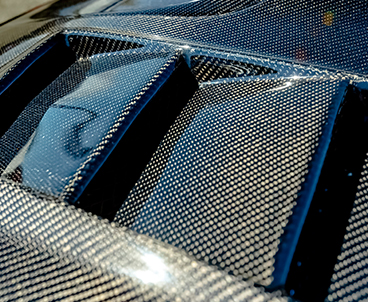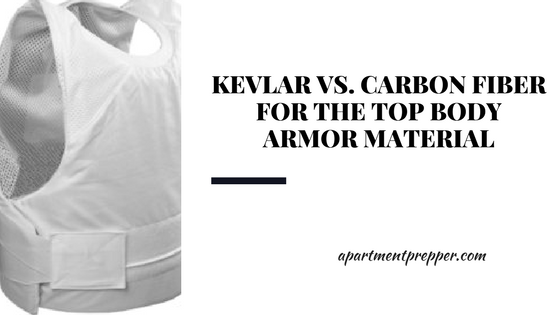Carbon fibre vs kevlar here we discuss the similarities and differences between carbon fibre and kevlar how they are made and the benefits and downsides of each.
Kevlar vs carbon fiber strength.
It is lighter and stiffer than glass fiber and very strong.
All the answers are pretty good.
The strands are pasted in a cross positioning pattern and this helps in increasing the strength of the fiber.
Kevlar has a tensile strength of 3620 mpa and dyneema has 3600 mpa of tensile strength.
While kevlar is constructed at a microscopic level and the strands are poured in a liquid format.
The strength of both materials is similar.
Kevlar aramid is used for high performance composite applications where lightweight high strength and stiffness damage resistance and resistance to fatigue and stress rupture are important.
Kevlar and carbon fiber are strong and have the capacity to provide proper protection.
Carbon fiber deck test.
However as a chemist and somebody who worked on polymer science and materials i feel there are a few missing points which could help explain some of the characteristic properties of carbon and kevlar fibers.
Kevlar fiber has a tensile strength comparable with that of carbon fiber a modulus between those of glass and carbon fibers and lower density than both.
Some non brittle material distorts before breaking but kevlar carbon fiber and e glass are brittle and fail with almost no distortion.
Typically it is spun into ropes or fabric sheets that can be used as such or as an ingredient in composite material.
Carbon fiber is considered a high performance fiber along with aramid fiber kevlar boron fiber and polypropylene fiber.
You can use carbon fiber to make the deck and other parts stronger.
But because dyneema has a much lighter density than kevlar 0 97 compared to 1 44 it scores a higher strength to weight ratio.
Carbon fiber has a significantly high compression strength but is the most expensive synthetic fiber available.
Kevlar is a heat resistant and strong synthetic fiber related to other aramids such as nomex and technora developed by stephanie kwolek at dupont in 1965 this high strength material was used first commercially in the early 1970s as a replacement for steel in racing tires.



























